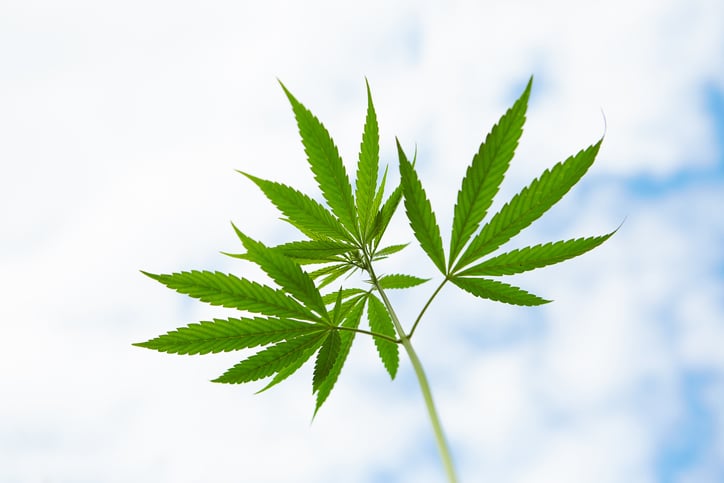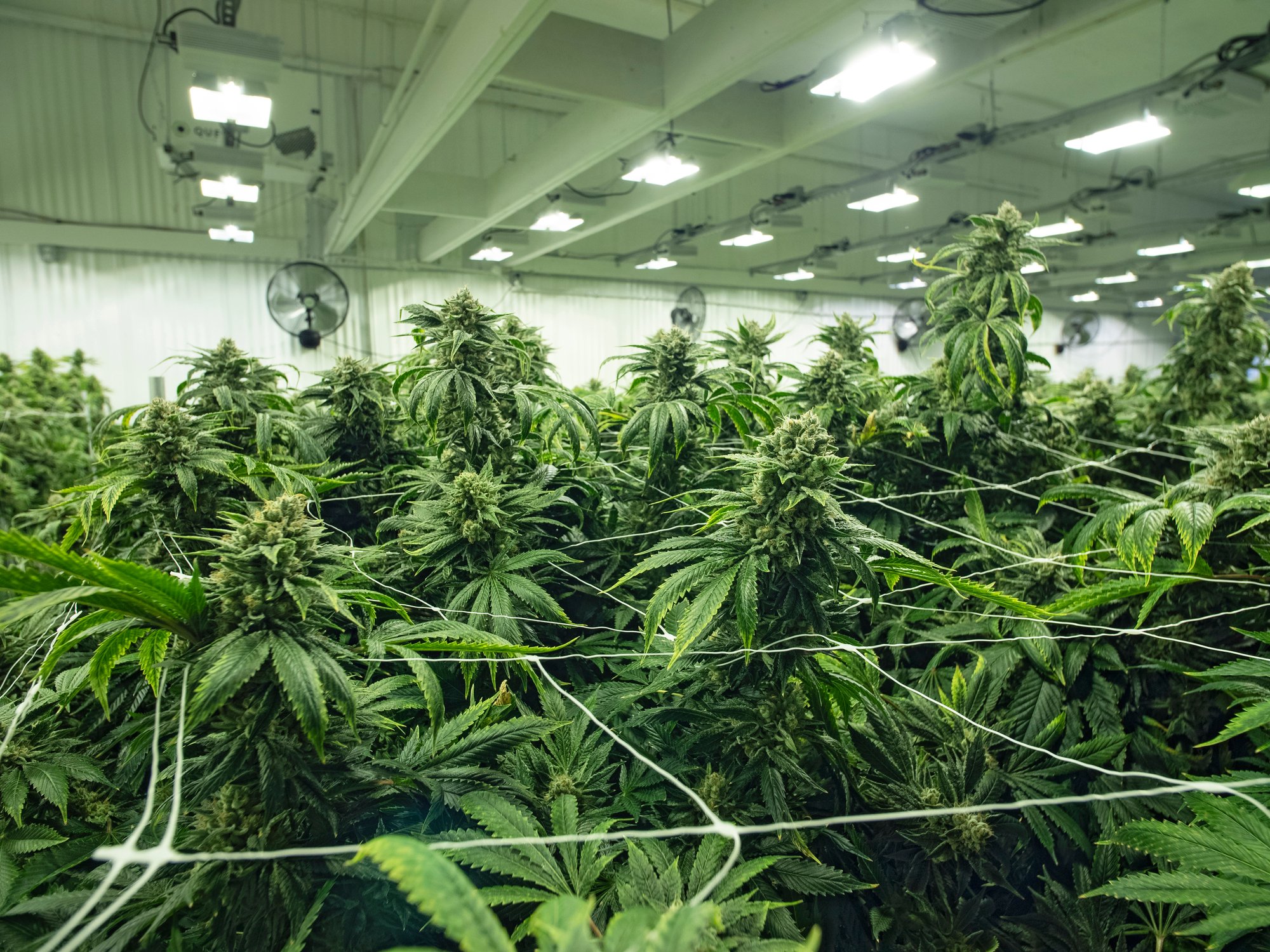In less than six weeks, the day that cannabis enthusiasts and investors have long waited for will finally be here. That's right: Recreational marijuana will officially be legal for sale in Canada on Oct. 17. And with this legalization will come an opportunity for the weed industry to bring in billions of dollars annually, once fully ramped up.
However, legalization also means it's time for marijuana stocks to deliver on their promise of big sales and hefty profits. One such marijuana stock that'll soon find itself under the microscope is Emerald Health Therapeutics (EMHTF +0.00%), which has rallied 270% over the trailing-12-month period.
It's also a company that happens to have reported its second-quarter operating results within the past couple of days. Here are the seven things investors need to know about Emerald Health's mixed operating results.

Image source: Getty Images.
1. Capacity expansion remains on track
Though Emerald Health's second-quarter report does highlight its top- and bottom-line results, most of its press release is devoted to its ongoing expansion projects and its outlook. The good news here is that its capacity expansion remains on track.
According to CEO Chris Wagner, licensed capacity at Pure Sunfarms, a joint venture greenhouse facility with Village Farms International, has reached 420,000 square feet. When fully complete, Pure Sunfarms will possess 1.1 million square feet of growing capacity. Emerald Health anticipates its Delta 3 site to be in production by sometime next year.
Between Delta 3 and its Metro Vancouver grow farm, Emerald Health Therapeutics, with the assistance from Village Farms at Delta 3, has a genuine shot at producing in excess of 100,000 kilograms of cannabis per year.
2. Supply deals are being signed
However, it's about more than just supply. Marijuana stocks need to be able to find buyers for all the cannabis they're producing, and in this respect, we're beginning to see Emerald Health Therapeutics make headway. Aside from committing to purchase 40% of Pure Sunfarms' supply in 2018 and 2019, Wagner notes that the company also signed its first provincial supply deal with British Columbia in July. The more supply deals the company can lock up, the less it'll have to scramble to find a home for all of its cannabis.

Image source: Getty Images.
3. Inventory levels more than doubled
As we barrel toward legalization, another important number to watch is the inventory level for growers. Though it looks like an initial supply shortage is likely for the domestic market as a whole, growers that can stockpile dried cannabis and oils are going to be in better shape with regard to getting their branded product in front of customers and in creating loyal consumers.
During the second quarter, the market value of Emerald Health's inventory more than doubled to nearly 1.6 million Canadian dollars from just over CA$0.7 million at the end of fiscal 2017. Nearly all of this increase was the result of stockpiling dried cannabis, with a slight uptick in oils.
4. It's (apparently) hungry for acquisitions and partnerships
Like many of its peers, Emerald Health has also been growing inorganically and through the help of strategic partnerships. During the recently ended quarter, it completed the acquisition of Agro Biotech for CA$90 million, which was paid half in cash and half in common stock. Agro Biotech has already built out roughly 20,000 square feet of its growth space in Quebec, with Emerald Health now taking over. When fully complete, Agro Biotech's facility will span 75,000 square feet and yield 10,000 kilograms of cannabis a year.
Also, just last week, Emerald Health announced a strategic alliance with Factors R&D Technology. This partnership will allow Factors to "provide pharmaceutical-grade, industrial-scale manufacturing capacity as well as expertise in GMP [Good Manufacturing Practice]-level extraction, softgel production, and packaging."

Image source: Getty Images.
5. Emerald Health is well capitalized
Investors should understand that Emerald Health Therapeutics isn't the least bit concerned about how it'll pay for its ongoing capacity expansion, acquisitions, and partnerships. The company ended the most recent quarter with CA$72.7 million in cash and cash equivalents, which is a substantial increase over the CA$44.5 million in cash and cash equivalents it had on its balance sheet as of the end of fiscal 2017, two quarters prior. This should be more than enough to cover its existing strategic plans.
6. Things will get fundamentally worse, before they get better
On the other hand, costs have been rising quickly for Emerald Health Therapeutics as it expands its capacity and gets its much-needed infrastructure in place.
During the second quarter, it generated just CA$0.28 million in sales, which is 24% lower than the sequential first quarter and a mere 16% higher than the year-ago quarter. Meanwhile, general and administrative expenses more than tripled and shared-based payments more than quintupled, leading to a CA$5.6 million loss, or CA$0.04 per share. The company has already lost over CA$10.6 million through the first half of the year, and its losses are likely to widen before they have any shot at shrinking and giving way to recurring profits.

Image source: Getty Images.
7. Dilution continues to be a problem
Finally (and don't act surprised), Emerald Health Therapeutics, like most pot stocks, is destroying shareholder value with share offerings, warrants being exercised and issued, and share-based compensation. Its capital-raising activities increase the outstanding share count, thereby diluting existing shareholders and weighing down earnings per share. With just 93.1 million shares outstanding as of Q2 2017, Emerald Health now has 135.5 million shares outstanding.
All told, Emerald Health looks particularly rough around the edges compared to its peers. It's still going to be some time before its production is anywhere near full capacity, and it could continue losing money well into 2019. For the time being, it's a marijuana stock I'd suggest watching, but not owning.






